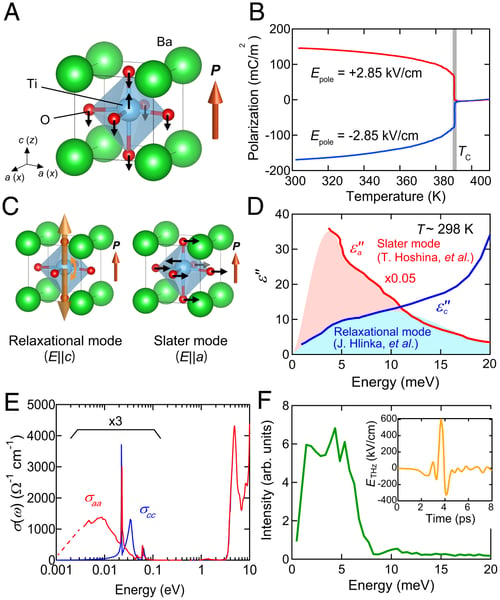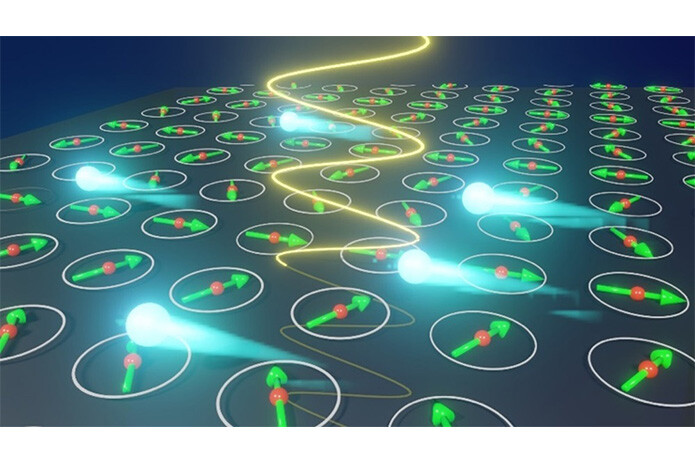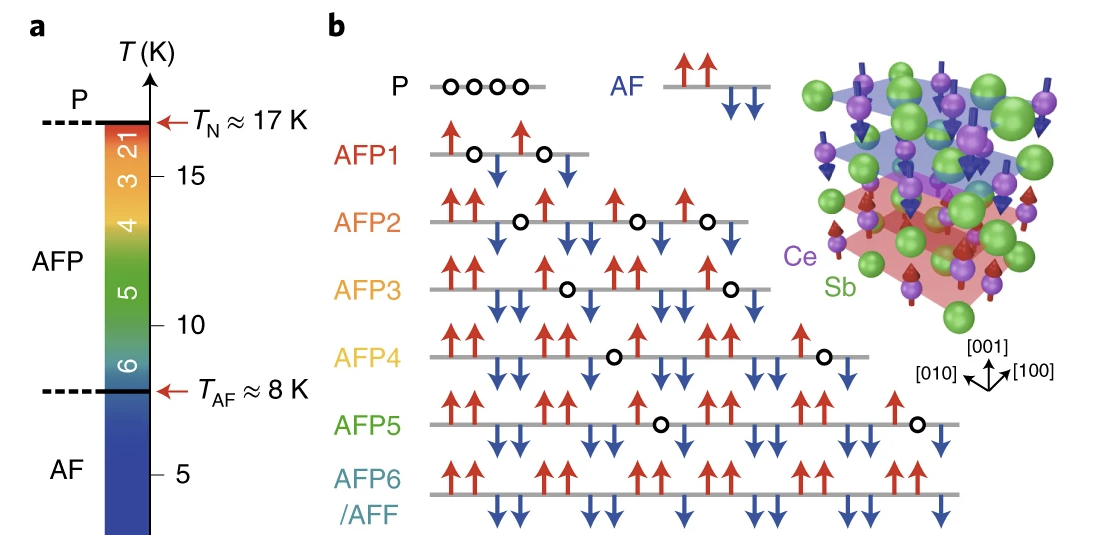Share this
Authors
Y. Okamura, T. Morimoto, N. Ogawa, Y. Kaneko, G-Y. Guo, M. Nakamura, M. Kawasaki, N. Nagaosa, Y. Tokura, Y. Takahashi
Abstract
Photodetection is an indispensable function of optoelectronic devices in modern communication and sensing systems. Contrary to the near-infrared/visible regions, the fast and sensitive photodetectors operated at room temperature for the far-infrared/terahertz regions are not well developed despite a possibly vast range of applications. The bulk photovoltaic effect (BPVE) in single-phase, noncentrosymmetric materials based on the shift current mechanism enables less-dissipative energy conversion endowed with instantaneous responsivity owing to the quantum-mechanical geometric phase of electronic states. Nevertheless, the small–band-gap material for the low-energy BPVE inevitably suffers from the thermal noise due to the intrinsically high conductivity. Here, we demonstrate the shift current induced by soft-phonon excitations without creation of electron-hole pairs in the archetypal ferroelectric BaTiO3 by using the terahertz light, whose energy scale is three orders of magnitude smaller than the electronic band gap. At and above room temperature, we observe appreciable photocurrents caused by the soft-phonon excitation as large as that for electronic excitation and their strong phonon-mode dependence. The observed phonon-driven BPVE can be well accounted for by the shift current model, considering the electron–phonon coupling in the displacement-type ferroelectrics, as supported by the first-principles calculation. Our findings establish the efficient quantum BPVE arising from low-energy elementary excitations, suggesting the principle for the high-performance terahertz photodetectors.

These Related Stories


